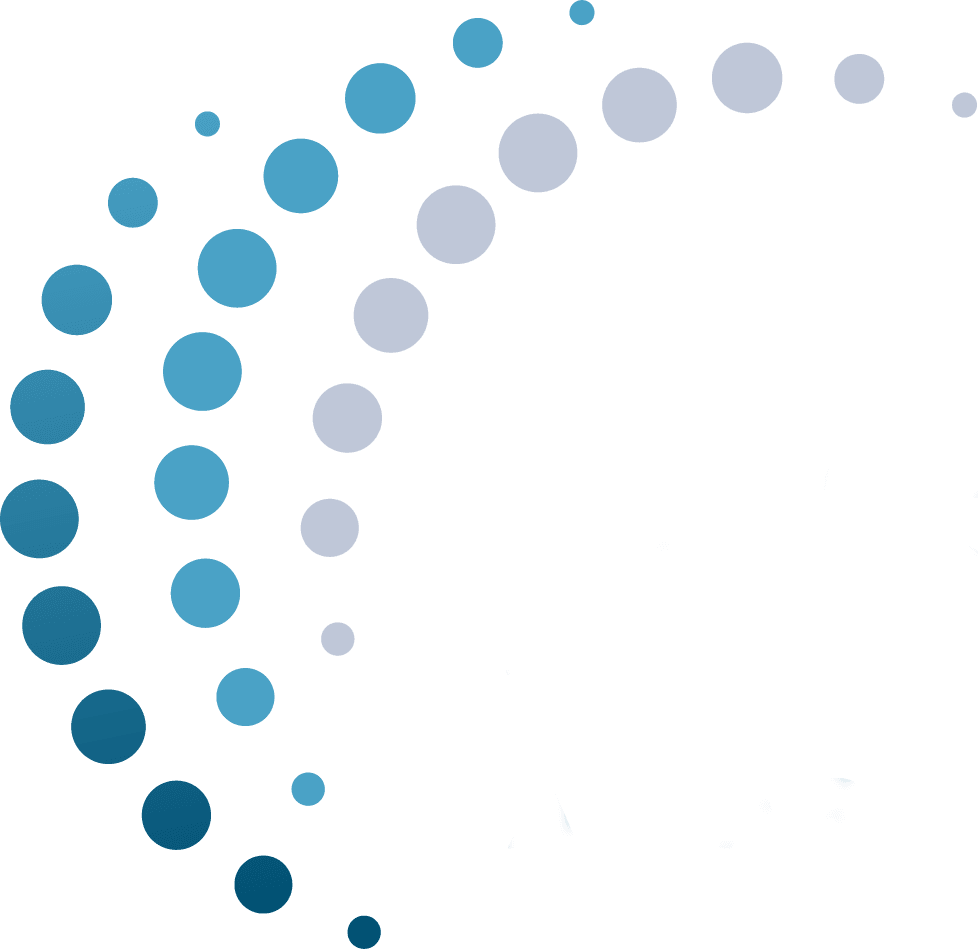
Unraveling ALS: Hope Amidst Progression
Hope for drug therapies to alleviate symptoms, prevent complications, and slow disease progression.

Amyotrophic lateral sclerosis (ALS), or Lou Gehrig’s disease, is a rare and progressive neurological disorder marked by the deterioration of motor neurons that govern voluntary muscle movement. Every 90 minutes, someone is diagnosed with the disease, and someone passes away from it.
Most people who develop ALS are between the ages of 40 and 70, with an average age of 55 at the time of diagnosis. However, cases of the disease do occur in people in their twenties and thirties. ALS is 20% more common in men than women. However, with increasing age, the incidence of ALS is more equal between men and women.
About 90% of ALS cases occur without any known family history or genetic cause. The remaining 10% of ALS cases are inherited through a mutated gene with a known connection to the disease.
Once ALS starts, it almost always progresses. Most people with ALS eventually lose the ability to walk, dress, write, speak, swallow and breathe, and their life span is shortened.
Early symptoms of ALS often include muscle weakness or stiffness. Progression of weakness, wasting and paralysis of the muscles of the limbs, trunk, and those that control vital functions generally follows. What differs most for every person is how fast and in what order symptoms and progression occur. And, while the average survival time is three years, about 20% of people with ALS live five years, 10% survive 10 years and 5% live 20 years or longer.
There is no single test to diagnose ALS. Healthcare providers conduct physical and neurological exams to test reflexes, muscle strength, and other responses. Muscle and imaging tests such as electromyography (EMG), a nerve conduction study (NCS), or a magnetic resonance imaging (MRI), as well as blood and urine tests may be done to rule out other diseases and confirm the diagnosis.
Currently, there is no treatment to reverse damage to motor neurons or cure ALS. Available drug therapy is utilized to alleviate symptoms, prevent complications, and slow disease progression. Medications may be prescribed to help manage muscle cramps, stiffness, excess saliva, unwanted episodes of crying or laughing, pain, depression, sleep disturbances, or constipation. A limited number of ALS specific medications are also available.
There are currently seven drugs approved by the U.S. Food and Drug Administration (FDA) to treat ALS and its symptoms: Qalsody, RELYVRIO, Radicava, Rilutek, Tiglutik, Exservan and Nuedexta. In the next couple of years, additional therapy options may be approved. The FDA is scheduled to review NurOwn® (debamestrocel) at the end of 2023. NurOwn is a cell therapy designed to deliver growth factors in the spinal fluid to reduce neuroinflammation. Studies all over the world, many funded by The ALS Association, are ongoing to develop more treatments and a cure for ALS. Several more investigational therapies are in phase III trials with the potential for approval in 2024 or 2025.
Medical management, carried out by a collaborative team of healthcare professionals, seeks to sustain patients’ independence and comfort for as long as feasible. Physical therapy, dietary advice and speech therapy are crucial components. As ALS research advances, scientists are delving into the mechanisms driving motor neuron degeneration, exploring genetics and developing potential biomarkers to gauge disease presence and progression. Numerous experimental treatments, spanning gene therapies, antibodies and cell-based interventions, are also being investigated.
With ALS cases predicted to increase to nearly 380,000 worldwide by 2040, ongoing research offers hope for enhanced therapies in the future, striving to improve the lives of patients and their families.
To learn more about ALS, click here to read our clinical bulletin.